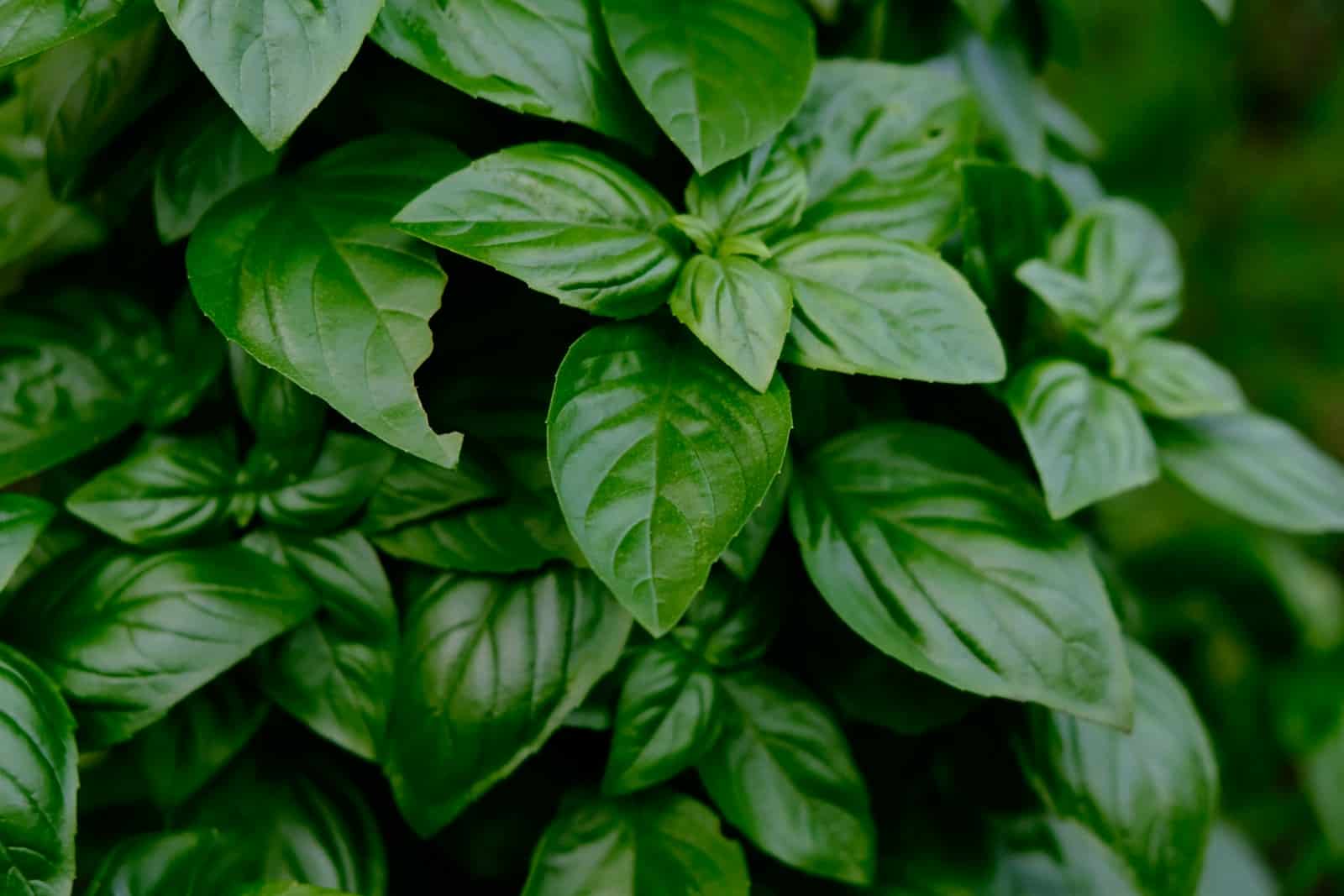Love Basil? You’re Not Alone. With its balanced taste of sweet and savory notes—suggestive of mint, pepper, anise, and cloves—basil is one of the most popular and widely used herbs in the world. And we’re in the heart of basil season now through late fall, so it’s the perfect time to enjoy this aromatic, versatile herb by storing it properly and making the most of its vibrant flavor.
Whether you’re sprucing up a salad, whipping up pesto, or garnishing a bowl of tomato soup, basil is essential in fresh, organic cooking. Recipes here.
Here are five basil basics every basil fanatic should know—plus some fantastic recipe ideas to inspire your inner chef.
1. Basil Has Traveled the Globe
Basil is believed to have originated in Africa, but it likely made its way to Europe with Alexander the Great in the 4th century BCE. From there, it spread across Asia and didn’t reach the Americas until the 1600s.
Today, there are over 60 varieties of basil cultivated around the world. The herb is central to the cuisines of Italy, Thailand, Vietnam, and Laos.
Get your culinary passport stamped with this vegetarian recipe: Sriracha Tofu with Eggplant and Basil.
2. Fresh Basil Prefers Room Temperatures
Basil grows best in warm, humid environments—and even after harvest, it still prefers those conditions. The cold, dry air of the fridge can blacken the leaves quickly. Instead, store basil on your counter in a glass of water. Spritz the leaves and loosely cover them with a plastic bag to create a mini greenhouse. It’ll stay fresh and green for days.
Pro tip: We include biodegradable plastic bags in some of our deliveries. Try this trick and make Basil Mint Pesto!
3. You Don’t Have to Use Dried Basil…Ever
If you can’t use up all your fresh basil within a week, drying might seem like the go-to option—but basil’s flavor comes from delicate essential oils like methyl chavicol and eugenol, which evaporate during drying.
Instead, preserve basil by freezing it in oil or packing it in salt. It’s simple and keeps the flavor intact. Check out our guide to 10 Easy Ways to Preserve Herbs.
4. Organic Basil Is Better for You
Basil leaves are delicate, which makes it all the more important to avoid synthetic pesticides and herbicides that can leave harmful residues.
Buying organic ensures your basil is grown without these chemicals—so you can enjoy your dishes with peace of mind.
Try this refreshing dish: Arugula Caprese Salad with Kale Pesto.
5. Basil Both Repels and Attracts Pests
Basil naturally repels certain insects like flies and mosquitoes and is often found in natural insect repellents. Ironically, basil is also prone to pests like Japanese beetles, aphids, and the fungal disease Fusarium wilt.
This makes commercial organic basil farming challenging. That’s why we’re so grateful for Doug Coldwell at Happy Valley Organics in central Massachusetts. With his solar-powered greenhouses, Doug creates ideal growing conditions for basil—without synthetic chemicals.
His attention to detail and care means we all benefit from fresh, local organic basil nearly year-round.
Who says basil is only a summer herb? With greenhouse-grown organic basil, there’s no reason you can’t enjoy Risotto with Winter Squash, Leeks, and Basil in January.

